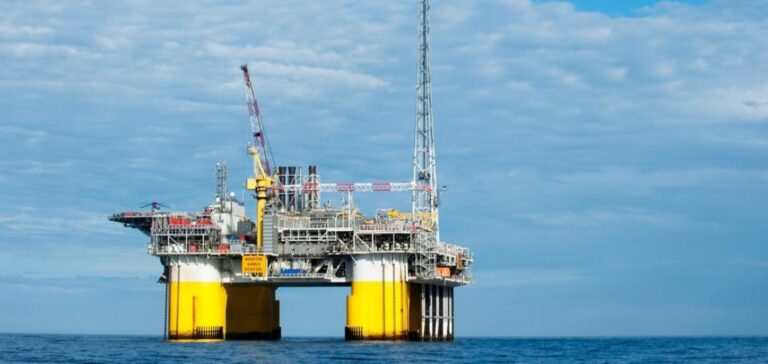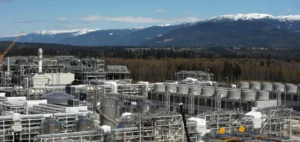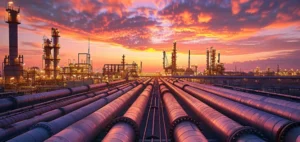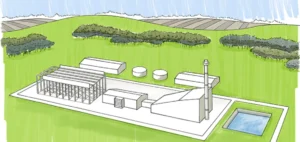This project represents a crucial step in the exploitation of existing infrastructure on the Norwegian continental shelf, optimizing the production capacities of this strategic region.
Development of Kristin South
The development and exploitation plan (PDO) for the Lavrans and Kristin Q discoveries as satellites of the Kristin field was submitted in 2021 and approved by the authorities in 2022. This first phase of development involves the installation of a new subsea template connected to the Kristin platform, currently responsible for processing the oil and gas extracted from the Lavrans well. The gas produced by Equinor and Partners will be exported to the European market via the existing pipeline system, while the oil will be transported by ship via the Åsgard C storage reservoir. In addition, Equinor is multiplying its partnerships, such as with ENI at Oando.
The project also includes the drilling of four additional wells: three in the Lavrans field and one in the Q segment of the Kristin field. The latter will be drilled from an existing subsea template, connected to Kristin’s SEMI platform. Total estimated production for this first phase is 6.2 billion standard cubic meters of gas and 1.9 million standard cubic meters of oil, equivalent to 58.2 million barrels of oil.
Resource Optimization and Economic Perspectives
The strategy of Equinor and its partners highlights the importance of maximizing the use of existing infrastructures. By integrating new resources into existing production facilities, development costs are reduced, while extending the life of existing oil and gas fields. This approach is essential to maintain the competitiveness of production on the Norwegian continental shelf.
Grete B. Haaland, Senior Vice President for Northern Exploration and Production at Equinor, emphasized that this project is an important milestone for the continued development of new resources in a mature area of the Norwegian Sea. In addition to enhancing the region’s energy security, the Kristin South project is a significant source of job creation, having generated around 4,000 person-years across Norway, including 800 in the Mid-Norway region, over the period 2020-2025.
Economic Impact and Strategic Partnerships
The Kristin South project saw strong participation from Norwegian suppliers, who were awarded over 60% of the development contracts, creating positive economic spin-offs along the Norwegian coast. This level of local participation is crucial for supporting the regional economy and integrating local capabilities into international projects.
Trond Bokn, Senior Vice President for Project Development at Equinor, said the Kristin South project illustrates the company’s strategy of generating value through the development of existing infrastructure on the Norwegian continental shelf. By working closely with its partners and suppliers, Equinor was able to launch production at the Lavrans well safely and efficiently.
The partners in the Haltenbanken Vest Unit project are Equinor Energy AS (54.82%, operator), Petoro AS (22.52%), Vår Energi ASA (16.66%) and TotalEnergies EP Norge AS (6%). This strategic cooperation between these major players in the energy industry is essential for the success of the project and for long-term resource management.
The Lavrans field, discovered in 1995, and the Kristin field, operational since 2005, have seen their technical lifetimes extended thanks to these developments. The technical lifetime of the Kristin platform is currently estimated at 2043, with the potential for further extensions.





















